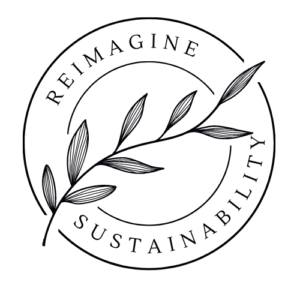When I walk through cities I often ask myself the question: Why have cities become so unappealing? Maybe I’m one of the people who simply doesn’t appreciate modern architecture? Maybe, I’m just one of few who doesn’t like how modern cities look. Without character, without joy, without beauty.
Who makes the decision to cut down more trees to build another road? Why are working spaces designed as if we are not in need of beauty and nature around us?
Who decides to remove places for the homeless to sleep? We could solve the problem at its root and support the homeless by providing solutions which help them.
Who are the people making all those decisions and not taking affected people into account?
Currently, I live in a city/suburb where I find it difficult to make sustainable decisions. This is very different from other places where I used to live. The infrastructure of the suburb I live in has been so poorly planned that it’s a real pain to use public transport. We have only one road into the city (the current population is 2.28 million), so you can imagine that traffic is horrific in the morning and evening during rush hour. Even worse, I pay MORE during rush hour. Taking the bus is not only a more sustainable method of transport, but it also relieves traffic congestion.
Discouraging people from using public transport during peak traffic times contributes to more congestion on the street and isn’t good city planning. It really frustrates me when people who probably don’t even use public transport make decisions that negatively affect people who use them. Making sustainable decisions becomes more unnecessarily difficult.
Who are the people making decisions which have such a profound impact on our well-being and lives?
I won’t be able to answer those questions for you as there are too many decision-makers who all have different drivers and values. But I want to point out that we need more leaders who make decisions for the benefit of everyone.
Maybe you’ve experienced something similar, where you want to make a more sustainable decision, but the environment or infrastructure makes it too inconvenient or impossible. Inconvenience is labelled as something bad, and convenience is seen as beneficial. Unfortunately, unsustainable behaviour is a lot more convenient due to poor and selfish leadership.
Creating systems that make it easier and more convenient for us to make sustainable decisions is the first step. Moreover, we need sustainable infrastructure which is convenient. We can create positive change easily, and I want to give you an idea of how.
Citizens who are affected the most should always be the centre of attention in the decision-making process. A sustainable model which aims to solve the issue of little involvement and collaboration is the Quadruple Helix model.
What is the Quadruple Helix model?
The Quadruple Helix model is a guide for innovation where the public authorities, industries, academia and citizens work together. Instead of contributing to one-sided opinions and decisions, the responsibility for the best outcome is distributed to all involved stakeholders. It’s also referred to as co-shaping, where different realities are taken into account to achieve the best suitable outcomes.
The Quadruple Helix is derived from the Triple Helix model which only focuses on the public sector, academia and industry. In contrast to the Triple Helix model, the citizens or end-users in the Quadruple Helix take an active rather than passive role in the decision-making process.
That’s the huge benefit of the Quadruple Helix model. It actively involves the citizens who are affected by a project. Additionally, the citizens’ needs are central in the innovation and collaboration process
Who are the Quadruplets?
As previously mentioned, the Quadruple Helix model concerns four categories of actors. Different literature uses different terms to address the actors, so I collected them for you here:
Public authorities: government, policy (makers), regional development agencies, formal health care providers
Industry: businesses, business cluster
Academia/Science: universities, research, development bodies
Citizens/Society: end-user, informal caregivers (relatives, family carers), voluntary organisations, volunteers

The Quadruple Helix Model describes innovation processes between four major actors
In the Quadruple Helix model, the four groups act as multi-layered and dynamic decision makers to find the best approaches to impact the lives and increase the well-being of citizens.
What are the benefits?
You’ve probably heard the saying “too many cooks spoil the broth”. In the case of the Quadruple Helix model the opposite is the case. Having the four actor groups working together can create better holistic solutions to address the real needs of societies.
As my previous complaint about higher bus ticket fees during rush hour highlighted: people who don’t use services cannot know the best solutions. Making bus tickets more expensive during rush hour increases traffic; that’s an easily understandable equation. (Yes, you guessed right, I’m quite annoyed by this)
Places where people live and work should benefit the people who actually live there or use the services in the area. Keeping this in mind is crucial when it comes to making sustainable decisions.
Other benefits of applying the Quadruple Helix are enhanced collaboration and strengthen networks across the region. Expanding networks gives us more access to important resources like human capital.
Some other terms which are connected to better outcomes for everyone are user-oriented, user-driven and user-friendly. You see, it’s all about the user and not the decision-maker. It’s also about engaging the end-user to accept beneficial solutions instead of manipulating them into choosing something they don’t need.
Next time you make a decision which doesn’t impact you specifically, try to apply a more user-centred approach.
What is the problem if we don’t work together?
The drawbacks of not considering citizens’ needs in decision-making are diverse. A lack of citizen involvement might lead to poor uptake of the offered products and services. In the worst case, the so-called improvements worsen the situation of citizens.
A non-collaborative approach between innovators and end-users hinders understanding between the groups. This results in frustration and dissatisfaction. Apathy is strongly connected to this phenomenon where citizens feel neglected and believe nothing will change.
Thus it is important that citizens are involved in the process, and that respectful and smooth communication and knowledge transfer take place between the actors.
It’s also annoying to see money funnelled into unnecessary projects which only benefit investors and don’t contribute to the greater good. There is always enough money, however, it usually only flows into the same pockets.
Together towards a better world? What needs to be done
This is where you come into play. Become a citizen with a voice, a citizen who wants to take part in the decision-making of your region, city, town or suburb. It doesn’t have to be a full commitment, but at least a little engagement.
Knowing about the Quadruple Helix and its benefits will give you the confidence not to be overlooked. Also, don’t forget the needs of other citizens. Take into account the best outcomes for everyone when developing your solution.
Co-creation is what we need to work towards sustainable development. Public involvement in the innovation process is probably one of the most crucial factors. You’re a crucial part of achieving sustainability.
Are you not sure about the role you want to play? No worries! Have a read through my article From A Carbon Tunnel Vision To A Holistic Collaboration Approach. I bet you’ll find some inspiration there.
Otherwise, if you’re interested in a more technical direction, I have collected different app providers who use their unique ideas to help make the world a little bit better: Create An App And Contribute to Sustainable Development. Step by step.



0 Comments